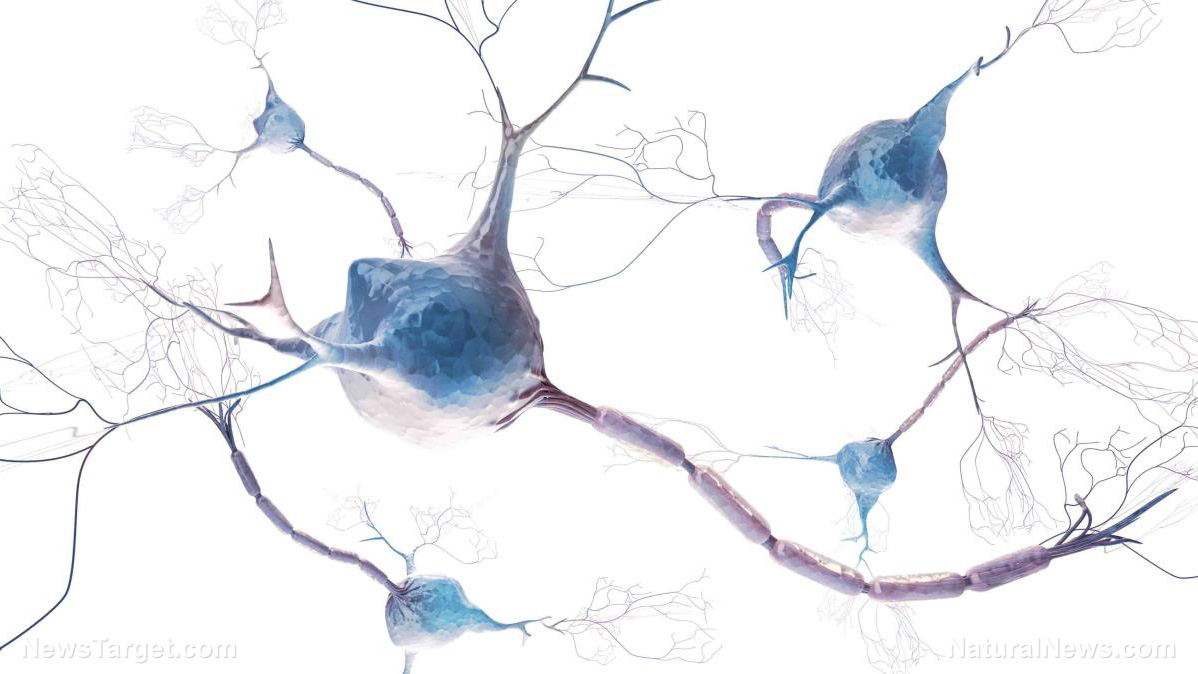Nature Knows and Psionic Success
God provides
Optogenetics and your brain: Researchers study the therapeutic potential of light

( Natural News ) Can light restore vision to blind people and help treat paralysis in patients with Parkinson’s disease? German researchers have recently examined the possibility of stimulating light-sensitive proteins to achieve therapeutic effects on various health conditions. Optogenetics is a technique that manages processes in the brain through light-based stimulation. It achieves its effects through light-controlled proteins like channelrhodopsin-2, which activate when they come into contact with photons. Channelrhodopsin-2 serves as an ion channel for the cellular membrane of unicellular green algae. It and other similar proteins serve as a mix of gate and gatekeeper for the cell – they determine whether or not an ion may pass through the layer. In the presence of sufficient photons, light-controlled ion channels unlock the gate to the cell. Ions pass through the open channel and get used in vital cellular processes such as photosynthesis. (Related: Your skincare routine could use myrcene: Studies reveal its anti-photoaging properties .) “It is feasible that light might be used to make blind people see or to treat agitated paralysis in Parkinson’s patients,” remarked Ruhr-University Bochum (RUB) researcher Klaus Gerwert. He served as an author of the study. How does channelrhodopsin-2 achieve the effects needed for optogenetic therapy? Gerwert, his RUB colleagues, and their counterparts at Humboldt University of Berlin (HU) investigated how channelrhodopsin-2 functions when getting stimulated by light. They learned much about its mode of action. Discover how to prevent and reverse heart disease (and other cardio related events) with this free ebook : Written by popular Natural News writer Vicki Batt, this book includes everything you need to know about preventing heart disease, reversing hypertension, and nurturing your cardiac health without medication. Learn More. Discovered by Max Planck Institute of Biophysics researcher Peter Hegemann and discussed in a 2003 study, channelrhodopsin-2 […]
Click here to view full article
